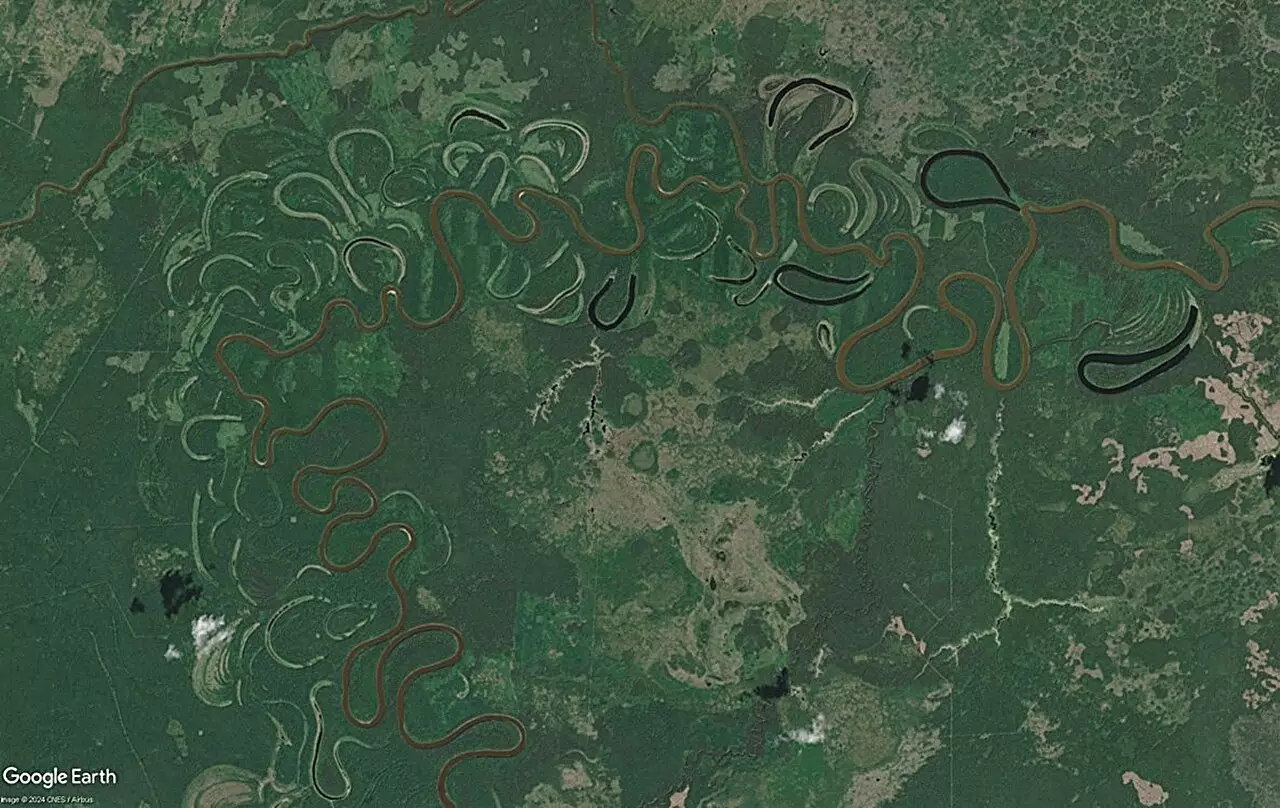Traditionally, the study of rivers has leaned heavily on established methods, such as observing plant forms and sediment deposits. While these conventional techniques provide certain insights, they often fall short of painting a comprehensive picture of river dynamics. In this context, Riccardo Maitan, a promising Ph.D. candidate from the University of Padova, is breaking ground with a groundbreaking methodology that shifts the focus towards hydrological behavior rather than mere observation of physical attributes. His innovative approach not only enhances our understanding of river systems but also offers a lens through which we can examine their evolution and sustainability.
Maitan’s work examines the intricate patterns of meandering rivers by analyzing hydrological variability, particularly the signature of peak discharge fluctuations. This critical hydrological metric is analyzed using an impressive dataset that spans over 15 years, with contributions from both United States Geological Survey (USGS) data and Google Earth image series. The result is a nuanced understanding of rivers that extends beyond their observable characteristics, delving into the very processes that shape these vital water bodies.
The Significance of Bend Cutoffs
One of the key findings from Maitan’s research is the essential role of bend cutoffs in the morphology of rivers on alluvial plains. These cutoffs, which can manifest as either neck cutoffs or chute cutoffs, serve as fundamental processes that dictate a river’s sinuosity and overall geomorphological evolution. Understanding the factors that determine these cutoffs is crucial not only for academic research but also for practical applications in managing riverine ecosystems.
Neck cutoffs occur when the narrow strip of land dividing two bends of a river is eroded away, leading to a new, straighter watercourse. Conversely, chute cutoffs happen when a river prematurely carves a bypass channel, effectively shortening the meander life cycle. Maitan’s exploration of prominent examples like the Purus River and the Powder River illustrates how these processes affect hydrodynamics and surrounding environments in contrasting ways.
Exploring Environmental Influences
Maitan and his team delve into the complex interplay between climate factors and vegetation cover that shape a river’s cutoff regime. Their findings reveal that the predominant influencer stabilizing the cutoff types is the variability of overbank discharges—the frequency and nature of flood events in the region. Such insights have potential implications that oscillate between environmental science and engineering practices.
Rivers exhibiting minimal variability in overbank discharge are more inclined to develop neck cutoffs, while those facing intense and sporadic flooding often evolve into chute cutoffs. These findings lend themselves to further exploration regarding the long-term implications of climate change on hydrological systems, highlighting how shifting weather patterns can significantly alter river dynamics.
Potential Impacts of Anthropogenic Activity
The intersection between environmental integrity and human intervention cannot be overlooked in Maitan’s research. The utilization of damming practices, typically employed for flood control, raises concerns about its influence on a river’s natural behaviors. The findings suggest that transitioning a river from a chute cutoff regime to a neck cutoff regime may lead to increased frequency in bend cutoffs. This not only impacts the river’s sinuosity but also has wider implications for sediment transportation and carbon flux within the surrounding alluvial plain.
This new perspective urges a critical reassessment of existing management strategies, as the ramifications of such shifts can significantly influence ecological balances and contribute to long-term environmental challenges, including climate change ramifications.
New Frontiers in River Dynamics Research
Maitan’s groundbreaking research does more than just elaborate on established river dynamics theories; it introduces a necessary evolution in how we address and understand the management of river ecosystems. By providing new insights into the behavioral patterns of rivers and the impact of environmental variability on their morphology, there is a profound opportunity for the conservation community to adopt more informed and effective strategies. The implications of his conclusions resonate far beyond the confines of academic study, emphasizing the urgent need for rigorous environmental stewardship in the face of anthropogenic pressures. The trajectory of riverine systems—and their crucial role in ecological health—hinges on our proactive engagement with the challenges uncovered by this research.

